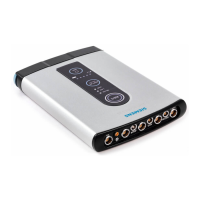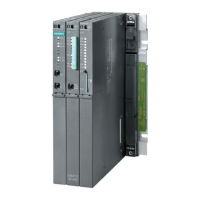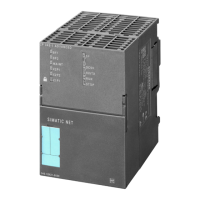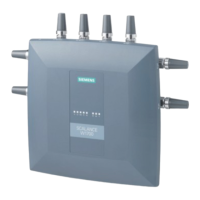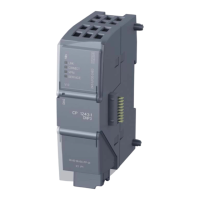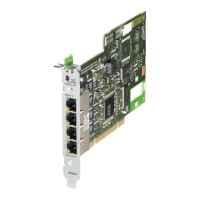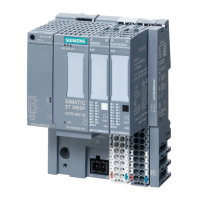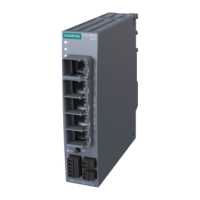Basics of communication with Industrial Ethernet
1.5 Wireless LAN
Industrial Ethernet
System Manual, 09/2019, C79000-G8976-C242-10
61
1.5.10 Network structures
1.5.10.1 Infrastructure mode
In infrastructure mode, communication is handled via an access point. The nodes (clients)
need to log on with the access point and transmit on the channel specified by the access
point. The access point can manage the access rights of the clients and assign time slices to
them for communication so that real-time and deterministic communication is assured.
In the simplest case there is a group of clients in the wireless range of the access point.
Such a network is also called a standalone network.
If the wireless range of an access point is inadequate either because the range is too short
or too few clients can be served, the network can be divided into several wireless cells. All
clients within the wireless cell are within the range of a central access point (AP). The other
clients only ever communicate with their access point and not directly with other clients. By
connecting external antennas, the range and coverage can be adapted to the application.
This means, for example that omnidirectional antennas in closed rooms can achieve
distances between 30 m and 100 m.
Standalone networks
Coordination by an access point:
This configuration does not require a server and the SCALANCE W access point does not
have a connection to a wired Ethernet. In this case, a central access point functions like a
switch receiving the frames from the individual nodes (clients) and forwarding them.
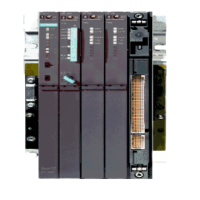
